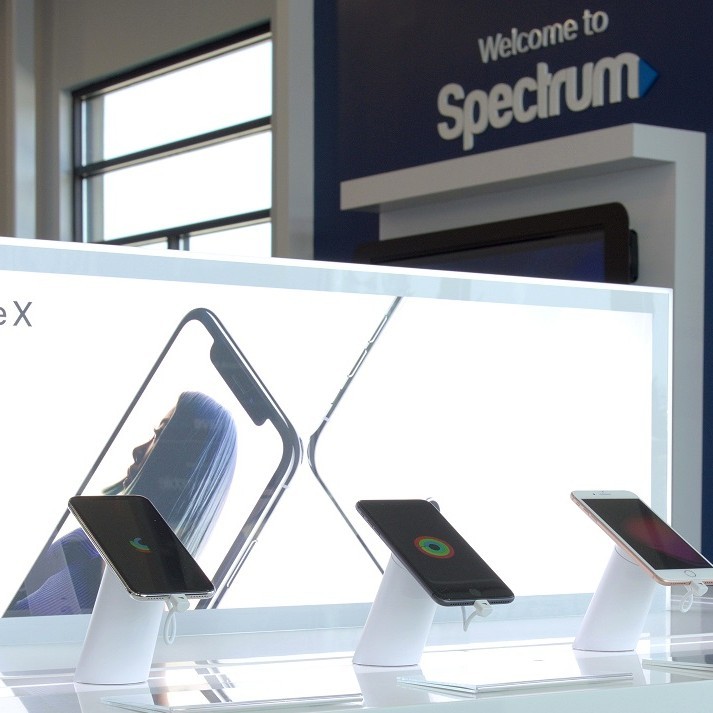Looking ahead: Cable broadens its move into mobile
Cable operators big and small will enter the mobile game to retain and gain bread-and-butter broadband subs.

This year saw a small group of cable operators follow the game plan of Comcast, Charter Communications and Altice USA in firing up mobile services that, at their core, are designed to shore up the companies' bread-and-butter home broadband businesses.
Using mobile to retain and gain broadband subs is quickly becoming a critical strategy for cable operators seeking ways to support a core broadband business that is being weakened by both wired and wireless competition and a general slowdown in consumer moves that have reduced new sales opportunities.
Comcast, Charter and, to a lesser degree, Altice USA are the prime examples of how this strategy can be successful with respect to mobile line additions as well as an underlying financial model. Success hasn't occurred overnight, but Comcast and Charter, which power mobile through respective mobile virtual network operator (MVNO) deals with Verizon, added a record 729,000 lines combined in Q3 2022, ending the period with a total of about 9.61 million lines.
Figure 1:  Used with permission.
Used with permission.
Click here for a larger version of this image.
Comcast's Xfinity Mobile service started to turn a profit in 2021, about four years after launching the service, and Charter is on a path to match that. Altice USA's mobile ambitions, tied to a new MVNO deal with T-Mobile, remain a work in progress. Notably, those cable ops snared about 31% of wireless industry phone net adds in Q3 2022, improving on a share of 20.9% in the year-ago quarter, according to MoffettNathanson, a unit of SVB Securities.
Others clearly see similar potential in mobile. Cox Communications has re-entered the mobile fray and WideOpenWest got into the game via its partnership with Reach Mobile. Mediacom Communications, meanwhile, is mulling a move into mobile, which would build on some of its initial work with Mediacom Bolt, a fixed wireless access (FWA) service.
Next year should shine some light on how well the operators can replicate the mobile success of Comcast and Charter, but without the overall scale that those operators possess.
Indeed, offering mobile at scale represents one of the big challenges that the rest of the US cable industry will face. But there's hope as the National Content & Technology Cooperative (NCTC) pushes toward MVNO agreements that will enable its membership of some 700-plus independent cable operators to make mobile part of their offerings.
Related posts:
— Jeff Baumgartner, Senior Editor, Light Reading
Read more about:
TrendsAbout the Author(s)
You May Also Like












